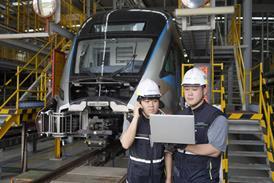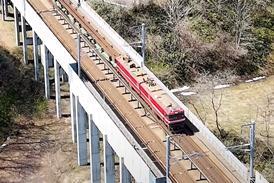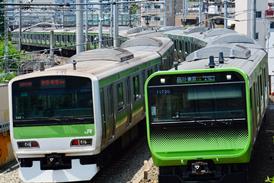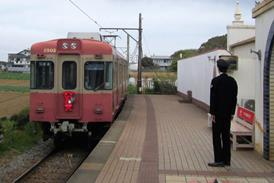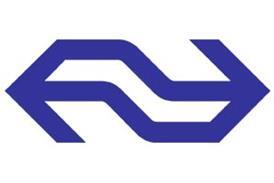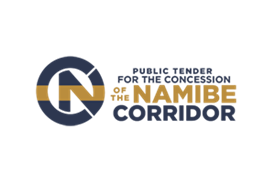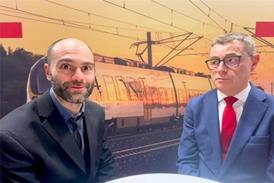Close menu
- Home
-
News
- Back to parent navigation item
- News
- Traction and rolling stock
- Passenger
- High speed
- Freight
- Infrastructure
- Policy
- Technology
- Ticketing
- Business
- Research, training and skills
- Accessibility and inclusion
- People
- Urban rail news
- Suburban and commuter rail
- Metro
- Light rail and tram
- Monorail and peoplemover
- Regions
- InnoTrans
- In depth
- Events
- Data
- Maps
- Tenders & Jobs
- Sponsored content
- Insights
New York pilot will set North America’s TBTC standards
By Railway Gazette International1998-07-01T10:00:00
INTRO: Suppliers are due to be chosen this month for a pilot installation of transmission-based train control on NYCT’s F Culver line. William D Middleton assesses the proposals, which envisage that a lead supplier develops compatible equipment permitting competitive procurement in the future INTEREST in transmission-based or communications-based train control ...
Already have an account? LOG IN
To continue…
You’ve reached your limit of content for the month

